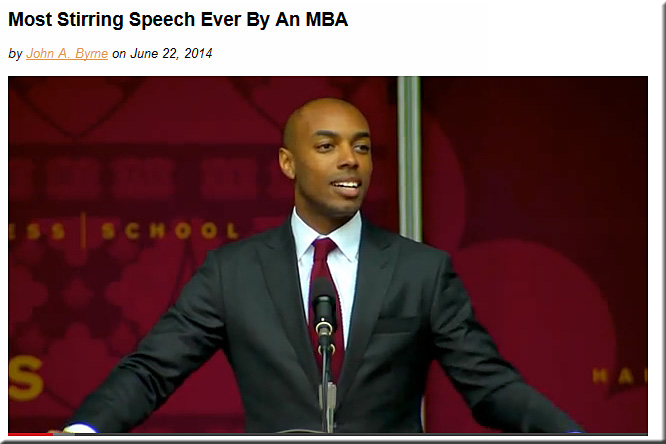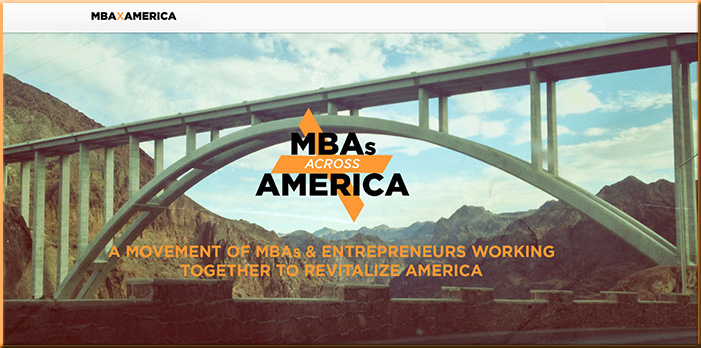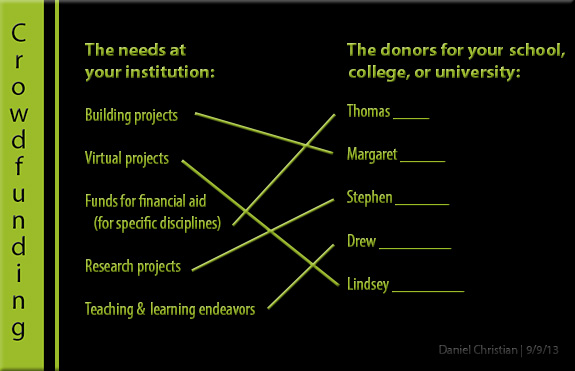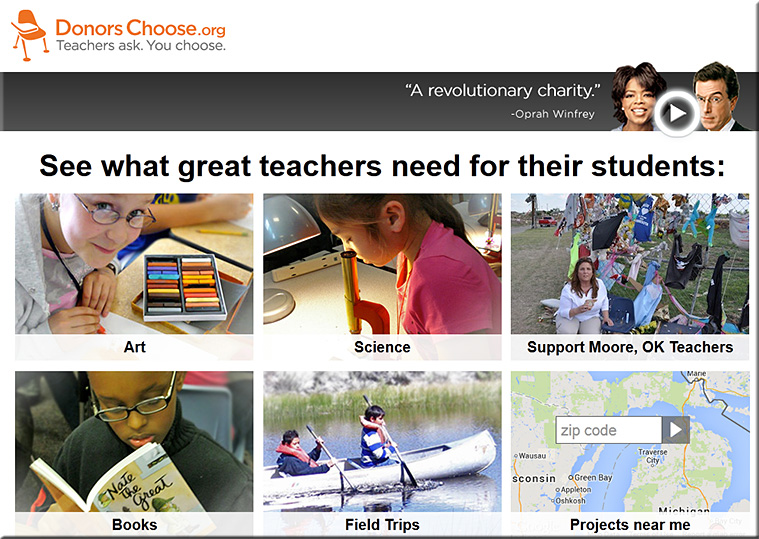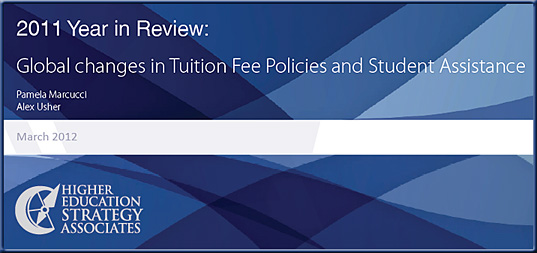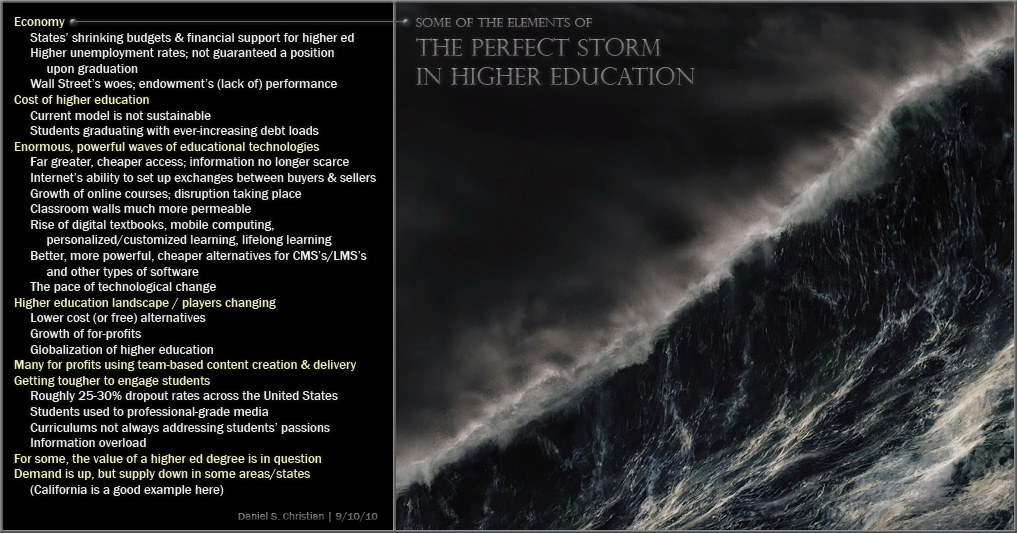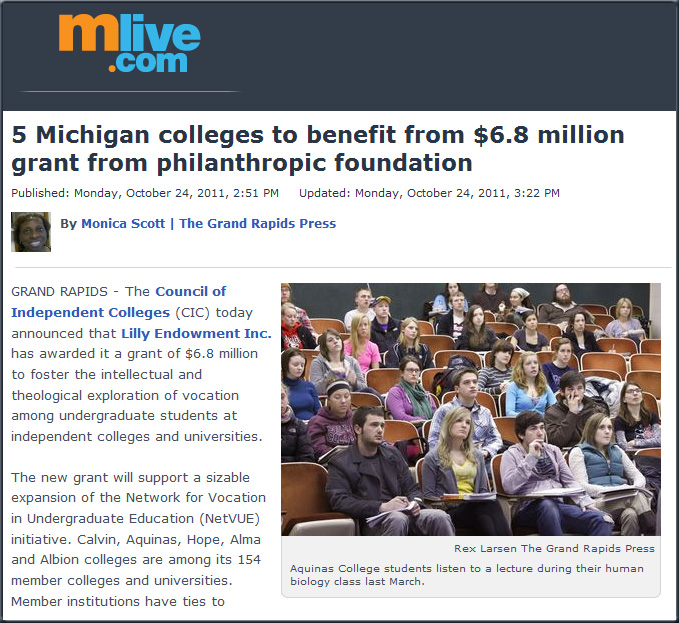The most extraordinary speech ever by a graduating MBA — from LinkedIn.com by John Byrne
Excerpt (emphasis DSC):
Gerald spoke movingly about a near-death experience with armed gunmen in his hometown of Dallas, and how that changed his life forever. “A strange thing happened as I accepted that I was about to die: I stopped being afraid.” He then decided to “give my life to a cause greater than myself.”
After arriving at Harvard Business School from Yale, Gerald said that HBS “changed who we were; it reminded us who we could be. It reminded us that we didn’t have to wait until we were rich or powerful, or until we actually knew finance, to make a difference. We could act right now.”
With three classmates, Casey founded a non-profit, MBAs Across America, which is a movement of MBAs and entrepreneurs working together to revitalize America. “We saw the signs for hope in entrepreneurs who were on the front lines of change. They showed us that the new ‘bottom line’ in business is the impact you have on your community and the world around you — that no amount of profit could make up for purpose.”
See also:
From DSC:
Though the use of the word “ever” in John Byrne’s posting on LinkedIn.com may be a stretch for some, Casey Gerald did give an incredibly powerful, deep, well-articulated message at Harvard Business School’s 2014 Commencement.
I really appreciated what Casey was getting at — a higher calling for business. A higher calling for one’s life. If it’s only about making a living — vs making a life and a contribution — it comes up short. We can do better. Businesses can do better. Wall Street can do better. With corporations sitting on a trillion+ dollars, how might those massive resources be put towards helping society at large? Here are 2 ideas:
- Don’t lay people off so quickly. Take some of those funds and use them to retrain/reinvent people. Keep America’s households running. Help keep peoples’ skillsets relevant, and help keep people employed. Better yet, do this now for those people that you know you will be replacing in the future with algorithms and/or with robotics.
. - Fund/outfit educational institutions. For example, it would benefit society greatly if the large tech companies would outfit the K-12 classrooms across the country (yes, I’m mainly thinking of you Apple, Google, & Cisco). Many districts are struggling to implement ed tech and this would be of huge service to the country.
See also:









